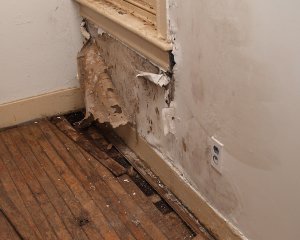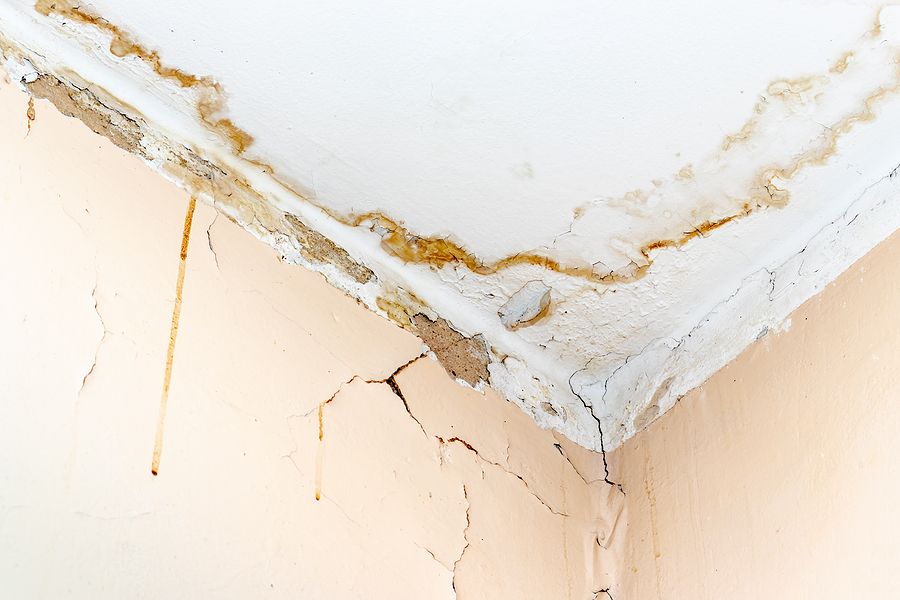The Residential Primary Typical Water Leak Causes: Examination
The Residential Primary Typical Water Leak Causes: Examination
Blog Article
We've come across this article about How Fast Water Damage Can Ruin Your Home down the page on the net and reckoned it made perfect sense to discuss it with you on my blog.

Leaks not only trigger waste of water however can also trigger unnecessary damage to your residence and promote undesirable organic growth. Unfortunately, water leaks might go unnoticed considering that the majority of the pipework in our residence is hidden. By looking and recognizing for everyday scenarios that trigger leaks, you can protect your house from future leaks and unnecessary damage. Today, we will certainly look at six leak causes that may be causing your pipes to trickle.
Instantaneous temperature level changes.
Severe temperature changes in our pipelines can create them to broaden and acquire unexpectedly. This development and contraction might create cracks in the pipes, specifically if the temperature level are below freezing. It would certainly be best if you kept an eye on how your plumbing functions. The visibility of the formerly pointed out circumstances regularly indicates a high threat.
Rusty water supply
As time goes by, your plumbing system ages and also deterioration such as rust might start eating away the pipelines. This might be the root cause of staining or warping on your water pipes. This asks for an examination with your plumber promptly. Think about changing the pipelines since they are at a higher danger of corrosion than the more recent versions if our plumbing system is old.
Defective Pipe Joints
The point at which your pipelines attach is often the weakest link in the waterline. Pipeline joints can weaken with time, leading to water leakages. The majority of pipeline joints are not quickly noticeable. If you have loud pipelines that make ticking or banging noises, particularly when the hot water is turned on, your pipe joints are probably under a lot of pressure. It is advisable to have your plumber inspect your system once a year.
Intruding roots
Many water leaks begin outside the home instead than inside it. You might notice damp patches or sinkholes in your lawn, and that could imply that tree roots are getting into water lines causing water to seep out.
Poor Water Connectors
At times, a leak can be triggered by loosened pipes and pipelines that supply your devices. In situation of a water links leak, you may notice water running directly from the supply line or pools around your home appliances.
Clogged Drains
Blocked drains pipes may be aggravating and inconveniencing, yet they can occasionally end up causing an overflow resulting in rupture pipelines. Keep getting rid of any products that may go down your drains that could clog them to stay clear of such aggravations.
All the above are causes of leaks yet not all water leaks result from plumbing leaks; some leakages may originate from roofing leakages. All leakages must be fixed instantly to stay clear of water damages.
Leaks not only cause waste of water however can also create unneeded damages to your house and advertise undesirable organic development. By looking and comprehending for daily circumstances that create leakages, you can shield your residence from future leaks and unneeded damages. Today, we will certainly look at 6 leak triggers that might be triggering your pipes to leak.
At times, a leakage can be created by loosened tubes as well as pipelines that provide your devices. In instance of a water connections leak, you might see water running straight from the supply line or puddles around your devices.
How To Check For Water Leak In Your Home
How To Check for Leaks
The average household's leaks can account for nearly 10,000 gallons of water wasted every year and ten percent of homes have leaks that waste 90 gallons or more per day. Common types of leaks found in the home are worn toilet flappers, dripping faucets, and other leaking valves. These types of leaks are often easy to fix, requiring only a few tools and hardware that can pay for themselves in water savings. Fixing easily corrected household water leaks can save homeowners about 10 percent on their water bills.
To check for leaks in your home, you first need to determine whether you're wasting water and then identify the source of the leak. Here are some tips for finding leaks:
Take a look at your water usage during a colder month, such as January or February. If a family of four exceeds 12,000 gallons per month, there are serious leaks.
Check your water meter before and after a two-hour period when no water is being used. If the meter changes at all, you probably have a leak.
Identify toilet leaks by placing a drop of food coloring in the toilet tank. If any color shows up in the bowl after 10 minutes, you have a leak. (Be sure to flush immediately after the experiment to avoid staining the tank.)
Examine faucet gaskets and pipe fittings for any water on the outside of the pipe to check for surface leaks.
Undetected water leaks can happen without the home or business owner even realizing. If you suspect a water leak, but not able to find the source. It is time to contact a professional water leak detection service, The Leak Doctor.
How To Find a Water Leak In Your Home
https://www.leakdoctor.com/blog/How-To-Check-For-Water-Leak-In-Your-Home_AE197.html

Do you like reading up on Common Water Leaks In House? Make a remark down the page. We would be glad to find out your thoughts about this blog entry. We hope to see you back again soon. Do you know another individual who is enthusiastic about the subject? Be sure promote it. We appreciate reading our article about Most Common Causes of Leaky Pipes.
Leaks? Ring us! Report this page